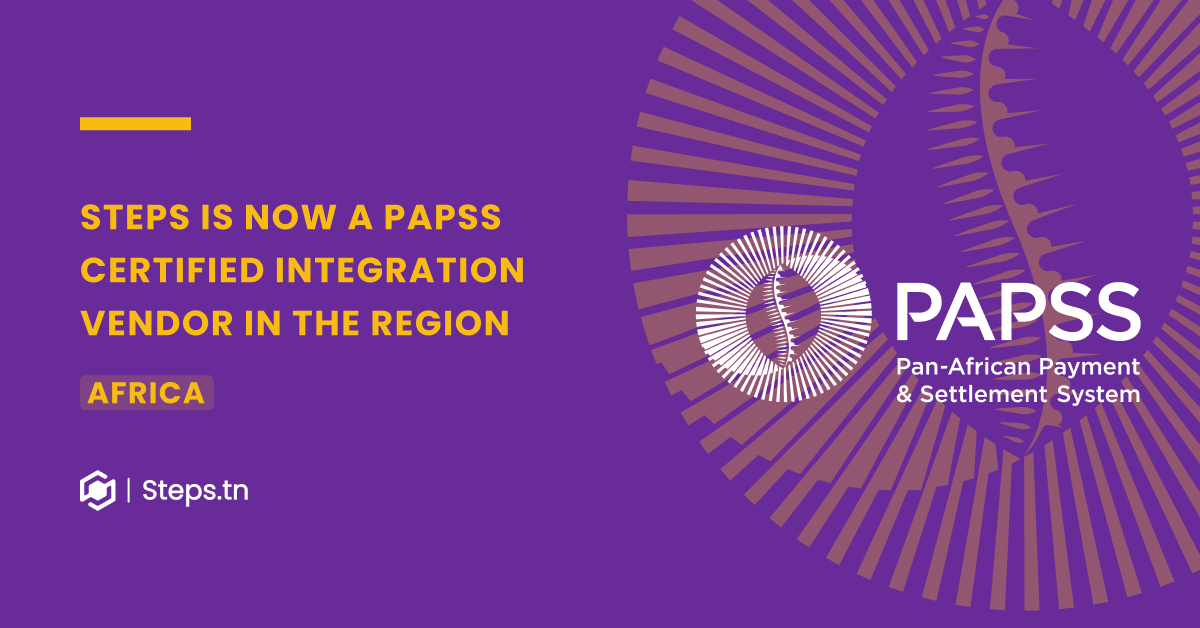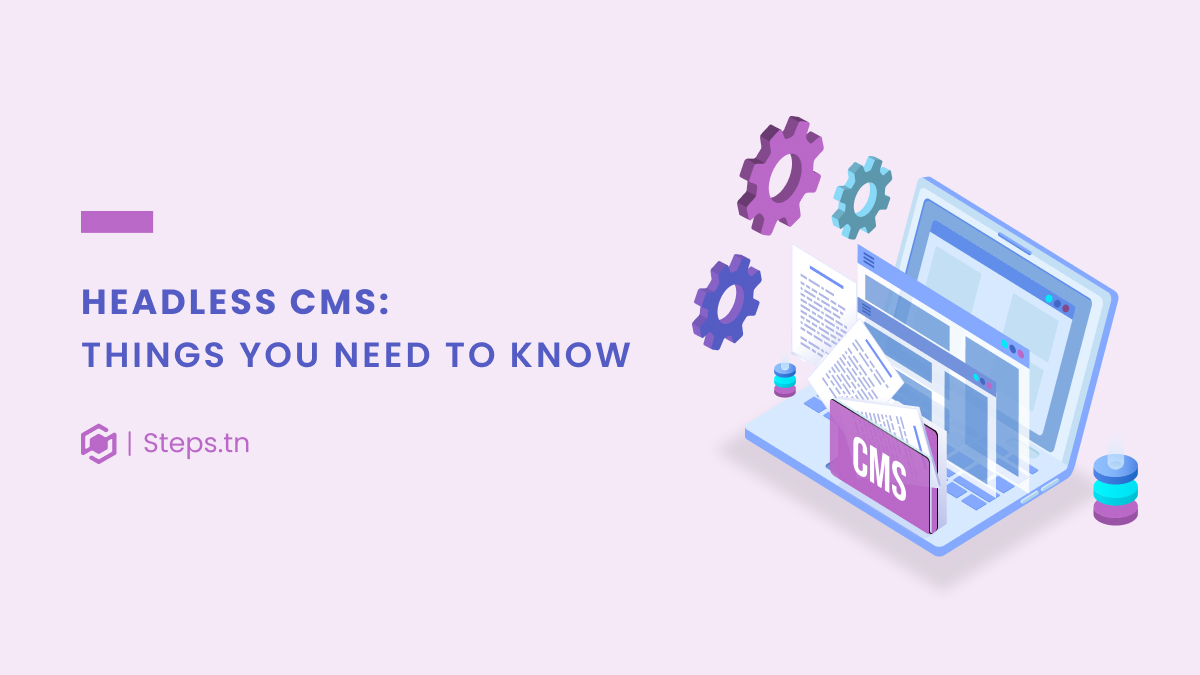Like it or not, data is taking over our world. In this day and age, you either adapt to the usage of data, or you risk being left behind. Data is taking over so much that by 2025, it’s predicted that over 463 exabytes of data will be created daily! To put that into perspective, that’s 463 million terabytes, or 463 billion gigabytes! In order to adapt, you’ll need to know how to transform that data into actionable insights. Basically, how to use data to your advantage. When you find out that according to MIT Sloan, only 0.5% of data is analysed and utilised effectively, you’ll know how crucial it is to use that data to set you apart from your competitors. This article will help you do just that. From understanding data transformation and its challenges, to understanding how to use it, this article will have you covered.
What is Data Transformation?
Simply put, data transformation is the process of transforming raw data into useful information. You can use this information in many ways. Some of these ways are making decisions, predicting trends, or segmenting your customers. For today’s article, we’ll mainly focus on how to transform this data and use it for better decision-making.
Challenges In Dealing With Raw Data
Data might be a treasure, but getting to that treasure requires a lot of digging. And what we’d be digging is raw data. Raw data is scary. It’s scary because it’s just unprocessed data that will take time to filter. On top of that, the volume of this data can be daunting. The amount of data that data scientists have to go through can be overwhelming. Other factors that make dealing with raw data challenging are how varied and random the data can be, as well as its velocity, meaning how fast or slow it can be generated.
Raw data is something every data scientist loves to hate. However, it is understandable considering that they spend approximately 80% of their time cleaning or organising data. However, they do all of this so that they can reach the ultimate treasure. Transformed data.
How To Transform Data Into Actionable Insights?
Actionable insights from data are treasure. However, treasures are hard to get into. That’s the same in this case. In order to obtain useful insights from data, you need to go through a number of steps. It can be a long process, however, it is a fruitful one. Let’s have a look at these steps together.
1). Data Collection
Like the name says, data collection is the step where you collect data. You collect this data from multiple sources. These sources include sensors, databases, surveys, IoT devices and many other ways.
This step is extremely important. The quality of the data that you collect will make or break the insights that you get from it. Accurate data will build the foundation for meaningful results.
2). Data Cleaning
Data cleaning is the step where you correct errors or inconsistencies in the data. For example, if we’re working with countries for data, Tunisia and tunisia are the same country, but in the data they’re 2 different countries. That’s an inconsistency that would need to be fixed.
This step is extremely important in order to prevent any inaccuracies within the data. Inaccuracies would in turn affect your results.
3). Data Analysis
This is the step where the magic happens! Data analysis is where you look for patterns, trends and other information in order to gain valuable insights. There are a lot of techniques to do this, such as data mining, machine learning, statistical analysis, or exploratory data analysis (EDA).
Some of these methods such as data mining help you discover hidden patterns and trends. Meanwhile, other methods such as machine learning help you make predictions.
Data analysis is the essence of uncovering actionable insights, helping you make better decisions. But looking at data results can be quite complex, which is why you’ll need to visualise it for better decision-making.
4). Data Visualisation
Data visualisation is the step where you transform complex data results into visual representations. This is so that it can be understood easier. Examples of this are charts, graphs, or dashboards.
This step is extremely important in order to easily be able to communicate any insights uncovered. Additionally, it allows for anyone to easily understand the insights, even if they’re not experts in the data sector.
Challenges In Data Transformation
Apart from being complex and time-consuming, there are other challenges to data transformation. You have to be aware of those challenges in order to dive into the data world. We’ll list below some of the challenges you might face.
Data Security
Ensuring that your data is confidential and secure could be a challenge. This is especially the case with the rise of cyber security threats worldwide. Data security is one of the biggest risks associated with data, as security breaches can have severe costs. On average, a data breach costs $3.86 million. This is a scary amount.
This is why cyber security is essential. Implementing solid encryption mechanisms, addressing vulnerabilities and complying to security standards such as GDPR are a must.
Cost Implications
Data breaches are not the only thing that’s costly. Data transformation itself can cost a lot. It can entail multiple costs such as technology investments, skilled personnel, or outsourcing costs.
Scalability
As data grows, so do its requirements. Scalability then comes into play, especially if current systems struggle to handle the increased processing demands. This is why it’s important to use cloud solutions or to employ scalable architecture.
Maintaining Data Quality
If the same data is used multiple times, maintaining its quality can be quite complex. Making sure that all data is up-to-date, accurate and consistent is a challenge. The way to deal with this is through regular data checks, establishing processes, and using methods such as data profiling tools.
Conclusion
In this article about how to transform data into actionable insights, we delved into multiple topics. First, we discussed what data transformation is and the challenges in dealing with raw data. Then we discussed how to use that data to get actionable insights. Finally, we discussed any challenges that could relate to data transformation.
Data is still a booming topic, and it will continue to be a growing industry. There are a lot of emerging trends in data transformation such as AI-driven insights or predictive analysis. For example, the AI and advanced analytics market is expected to reach $512.04 billion by 2026. Additionally, current trends are still growing exponentially. The machine learning market for instance, is set to reach $96.7 billion by 2025.
The world of data is a world that any company would love to dive in. Who wouldn’t want to make easier decisions and be able to predict the future? However, we understand that it’s not that easy. The industry is quite complex and can be costly to dive into. That’s why, at STEPS, we’re here to help you. Contact us today, and we’ll help you use digital transformation to revolutionise your business!





